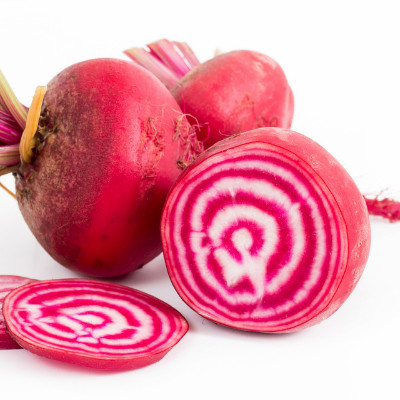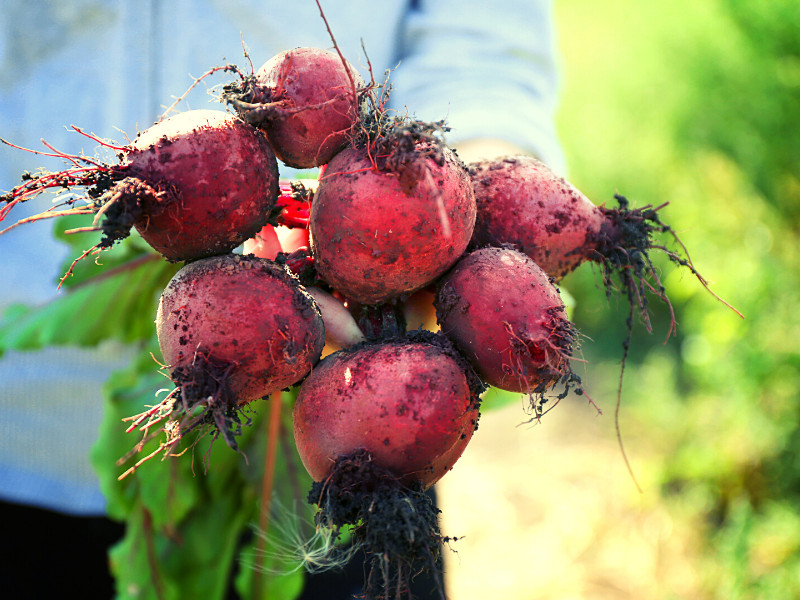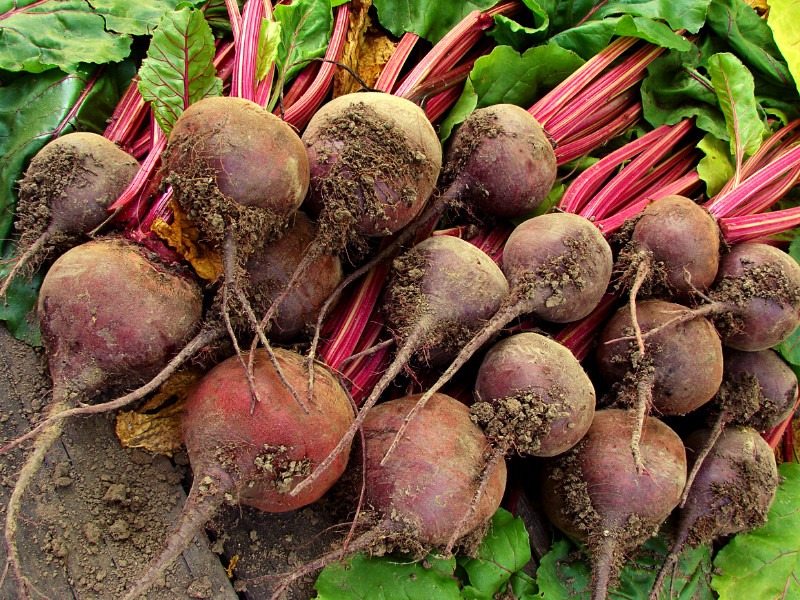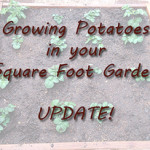If you’re fond of canned beets and you use them in different recipes, you might want to think about growing beets in your backyard. Fresh beets have an even better taste than canned versions, and once you try them, you’re not going to want to go back to eating them from a can again.
When you’re looking for the perfect root crop to grow, try beets. Before you get started, it’s essential to know what steps you’ll need to take to get them to thrive.
The Benefits of Eating Beets
Beets are worth consuming for several reasons. Not only does this vegetable taste refreshing and delicious, but the beet greens are edible and delicious as well. They are very similar to Swiss Chard.
There are also several health benefits associated with eating beets, such as:
- Beets contain plenty of essential vitamins and nutrients. They’re a great vegetable to add to your diet because they’re genuinely good for you.
- Most beets contain anti-inflammatory properties that can help you naturally relieve pain, such as a backache or cramps.
- If you eat beets regularly, you can lower any high blood pressure that you might suffer from. If your doctor has told you to watch your blood pressure, eating beets is something you should start doing.
- Beets can improve your digestion. They’ll help regulate your bowel movements. If you’re feeling constipated too often, consider eating beets daily to put a stop to constipation for good.
There are dozens of good reasons to grow beets. Because of all the benefits beets can offer, you may look forward to growing these root vegetables now more than ever before.
Try: Easy Pickled Eggs & Beets
The Different Types of Beets to Grow
Although you enjoy the taste of beets, you might not have known that there are several types to choose from. It’s a good idea to know a bit more about these types before you buy your seeds.
Beet Varieties to Consider
Detroit Dark Red
Enjoy beets with sweeter flesh when you plant the Detroit Dark Red beets. They’re one of the most popular types used to prepare many flavorful meals. The sweet flavor makes them great to have as a side dish or as a primary ingredient in various meals.
You might also consider the Detroit White Beet or the Detroit Golden.
Cylindra
If you like eating sliced beets, Cylindra beets are a great choice. They’re easy to slice, making them the perfect side dish or addition to various meals, such as macaroni salad or a traditional salad with lettuce and tomatoes.
The Early Wonder
This quick to harvest beet is very tender with smooth skin. The Early Wonder beets are 100% Heirloom/Non-Hybrid/Non-GMO

Chioggia
This rare heirloom beet came from Italy in the 1800s. Not only is The Chioggia beet delicious it is a beautiful pink-skinned beet with stunning red and white rings inside. It can be used for juicing, boiling, pickling, baking, and freezing,
Avalanche
These beets are milder and white instead of red, which means you won’t have to worry about stains. If you want to enjoy beets that are not too sweet yet still taste flavorful, try the Avalanche beets! They’re also incredibly easy to grow, making them great for anyone new to growing beets.
Believe it or not, there are several other variations, including Boltardy, Detroit Supremer, Bull’s Blood and Merlin beets, these are top-rated options known for their impeccable taste.
Choose the Right Spot to Plant Your Beet Seeds
After deciding on the specific type of beets you’d like to plant, you’ll need to choose the ideal spot in your backyard. Unlike some plants, beet seeds need to get plenty of sunlight to thrive. Choose a location in your backyard that receives plenty of sunlight throughout the day. It’s best to avoid planting these seeds too close to a large tree because the tree might produce too much shade for your beets to grow.
Once you choose that ideal spot, be sure to plant your beets at the right time. It’s a good idea to plant them at the start of spring and the beginning of fall because they thrive in cool temperatures. Your beets will grow when the weather outside is not too cold yet not too hot.
Understand How Long It Typically Takes to Get Beets to Grow
If you don’t see growth within the first month, don’t stress it. Some people start to think that they’re doing something wrong, but that isn’t the case. No matter which beet seeds you decide to use, your beets will typically take up to 70 days to reach full maturity. It’s a good idea to plant them a few months before you’re planning on using them.
It’s also essential to choose the proper seeds for growing beets that you can consume because not all types are good for eating.
Give Your Beet Seeds the Attention They’ll Need to Grow
- There is a lot that goes into planting beets in the backyard. Not only do you need to choose the type of beets you’d like to grow, but you also need to find the right spot and do a bit of digging to plant your seeds.
- Once you complete these steps, you’ll still need to provide your seed with the right amount of attention to get them to thrive.
- Provide your beet seeds with an inch of water per square foot on a weekly basis.
- Remove any weeds that begin growing around your beets to keep your vegetables protected.
- Pay attention to any signs of pests that could potentially destroy your plants. You’ll need to handle the pests accordingly if you come across them.
Make sure you’re also using the right soil for beet growth. If you’re going out and buying soil specifically for these vegetables, be sure to use sandy soil. When using clay soil, it becomes difficult for the seeds to grow, thus preventing you from harvesting your beets. If you use all the right supplies and put forth the effort, you can expect to get your beets to grow within two to three months.
Take Pride in Growing Fresh Vegetables in the Backyard
Growing vegetables in the backyard is a great way to save money while having access to fresh produce all the time. If you’re interested in growing beets, you now know precisely what you’ll need to do to make it happen. If you have space in your backyard, plenty of sunlight, and the willingness to maintain these vegetables by watering them regularly, you’ll eventually see substantial growth.
Before you know it, you’ll end up with dozens of large beets ready to be harvested and consumed!
More Garden Help
Easy to Grow Vegetables
Where to Buy Heirloom Seeds
Month to Month Guide to Vegetable Gardening
How to Grow Okra in Your Backyard
The Best Shoes for Gardening
Backyard Kitchen Gardens What to Plant
Using Biochar as a Soil Amendment
Root Cellar Alternatives
Crop Rotation & Successive Plantings







